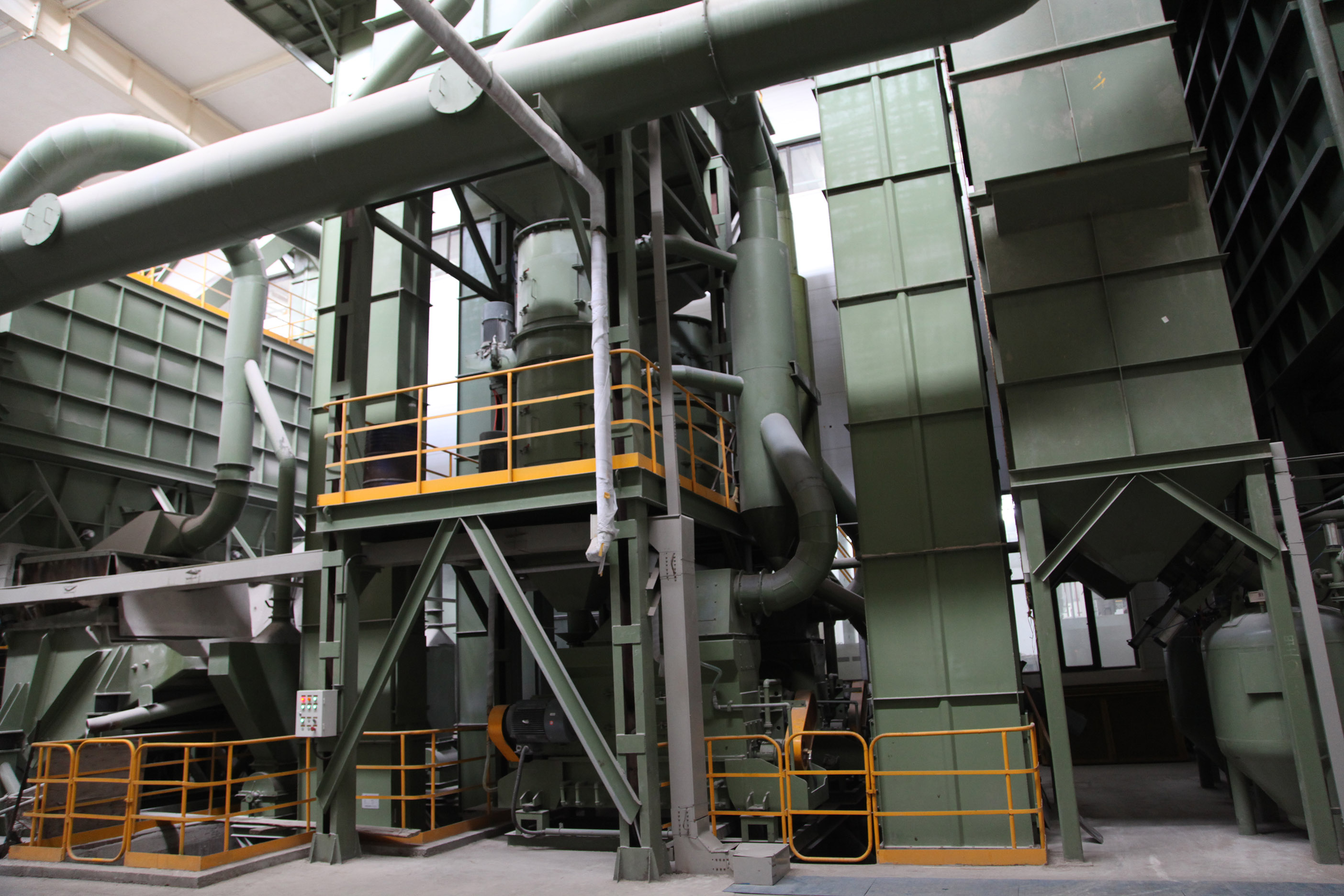- Afrikaans
- Albanian
- Amharic
- Arabic
- Armenian
- Azerbaijani
- Basque
- Belarusian
- Bengali
- Bosnian
- Bulgarian
- Catalan
- Cebuano
- China
- China (Taiwan)
- Corsican
- Croatian
- Czech
- Danish
- Dutch
- English
- Esperanto
- Estonian
- Finnish
- French
- Frisian
- Galician
- Georgian
- German
- Greek
- Gujarati
- Haitian Creole
- hausa
- hawaiian
- Hebrew
- Hindi
- Miao
- Hungarian
- Icelandic
- igbo
- Indonesian
- irish
- Italian
- Japanese
- Javanese
- Kannada
- kazakh
- Khmer
- Rwandese
- Korean
- Kurdish
- Kyrgyz
- Lao
- Latin
- Latvian
- Lithuanian
- Luxembourgish
- Macedonian
- Malgashi
- Malay
- Malayalam
- Maltese
- Maori
- Marathi
- Mongolian
- Myanmar
- Nepali
- Norwegian
- Norwegian
- Occitan
- Pashto
- Persian
- Polish
- Portuguese
- Punjabi
- Romanian
- Russian
- Samoan
- Scottish Gaelic
- Serbian
- Sesotho
- Shona
- Sindhi
- Sinhala
- Slovak
- Slovenian
- Somali
- Spanish
- Sundanese
- Swahili
- Swedish
- Tagalog
- Tajik
- Tamil
- Tatar
- Telugu
- Thai
- Turkish
- Turkmen
- Ukrainian
- Urdu
- Uighur
- Uzbek
- Vietnamese
- Welsh
- Bantu
- Yiddish
- Yoruba
- Zulu
Nov . 08, 2024 01:54 Back to list
Exploring the Versatility and Strength of Cast Iron in Modern Applications
The Enduring Legacy of Cast Iron A Journey Through Time
Cast iron is more than just a material; it is a symbol of durability, craftsmanship, and culinary excellence. Dating back over 2,000 years, cast iron has played a pivotal role in various industries, from cookware to construction. Its unique properties and versatility have made it a favorite among artisans, chefs, and engineers alike.
The origins of cast iron can be traced back to China during the Han dynasty, where it was first produced around 500 BC. The technique of casting metal into molds allowed for greater precision and the creation of intricate designs. By the time the process spread to Europe in the Middle Ages, cast iron was increasingly used in the production of cannons, machinery, and construction materials. Its strength and ability to withstand high temperatures made it ideal for a variety of applications, leading to the industrial revolution that dramatically changed societies around the world.
One of the most notable uses of cast iron is in cookware, particularly skillets and Dutch ovens. Unlike other materials, cast iron cookware retains heat exceptionally well, making it perfect for searing meats, baking bread, and simmering stews. The process of seasoning cast iron cookware—coating it with oil and baking it at a high temperature—creates a natural non-stick surface, enhancing the flavor of foods and providing a unique cooking experience that is difficult to replicate with modern non-stick pots and pans. Many chefs and home cooks alike swear by their cast iron pans, often passing them down through generations as treasured heirlooms.
While cast iron cookware is beloved for its performance, it also carries a certain nostalgia. The ritual of cooking on cast iron—whether it's a Sunday morning breakfast of pancakes or a holiday feast prepared in a Dutch oven—connects people not just to their food but also to family traditions and memories. The mere act of cooking with cast iron can evoke emotions of warmth and togetherness, making it an integral part of many households.
cast iron

Apart from its culinary prowess, cast iron has also found its way into architecture and infrastructure. The strength of cast iron makes it suitable for constructing bridges, buildings, and railings, showcasing not only its utility but also its aesthetic potential. The decorative elements often found in cast iron structures, such as intricate railings and elaborate facades, serve as a testament to the artistry that can be achieved with this material.
In recent years, there has been a resurgence of interest in cast iron, not just for its practical applications but also for sustainability. As society becomes more conscious of environmental impact, cast iron cookware stands out as a product that can last a lifetime—if not longer—with proper care. While many modern cookware options are designed for convenience, they often come with a limited lifespan. In contrast, cast iron can be re-seasoned and repaired, minimizing waste and promoting a more sustainable approach to cooking.
Moreover, the revival of traditional cooking methods has also fueled the popularity of cast iron. With the increasing number of cooking shows, blogs, and social media platforms dedicated to food culture, cast iron cookware has become a focal point for enthusiasts eager to explore the art of cooking. This interest has led to a vibrant community of cast iron aficionados, who not only share tips and tricks but also celebrate the history and legacy of this remarkable material.
In conclusion, cast iron is a material that embodies strength, versatility, and a rich history that spans millennia. From its origins in ancient China to its modern-day applications in kitchens and construction, cast iron has become synonymous with quality and tradition. It serves as a bridge between the past and the present, uniting generations through shared culinary experiences. As we embrace sustainable practices and seek a deeper connection to our cooking, cast iron remains an enduring symbol of resilience and craftsmanship, solidifying its place in our hearts and homes for years to come.
-
8mm Thin-Walled Cast Steel Manhole Cover Pallet Bottom Ring | Durable
NewsAug.04,2025
-
Premium Cast Iron Water Main Pipe: Durable, Corrosion-Resistant
NewsAug.03,2025
-
Durable Cast Iron Water Mains | AI-Optimized Systems
NewsAug.02,2025
-
High-Efficiency Propane Boiler for Baseboard Heat | Save Energy
NewsAug.01,2025
-
Premium Source Suppliers for Various Gray Iron Castings
NewsJul.31,2025
-
Durable Cast Iron Water Main Pipes | Long-Lasting
NewsJul.31,2025


